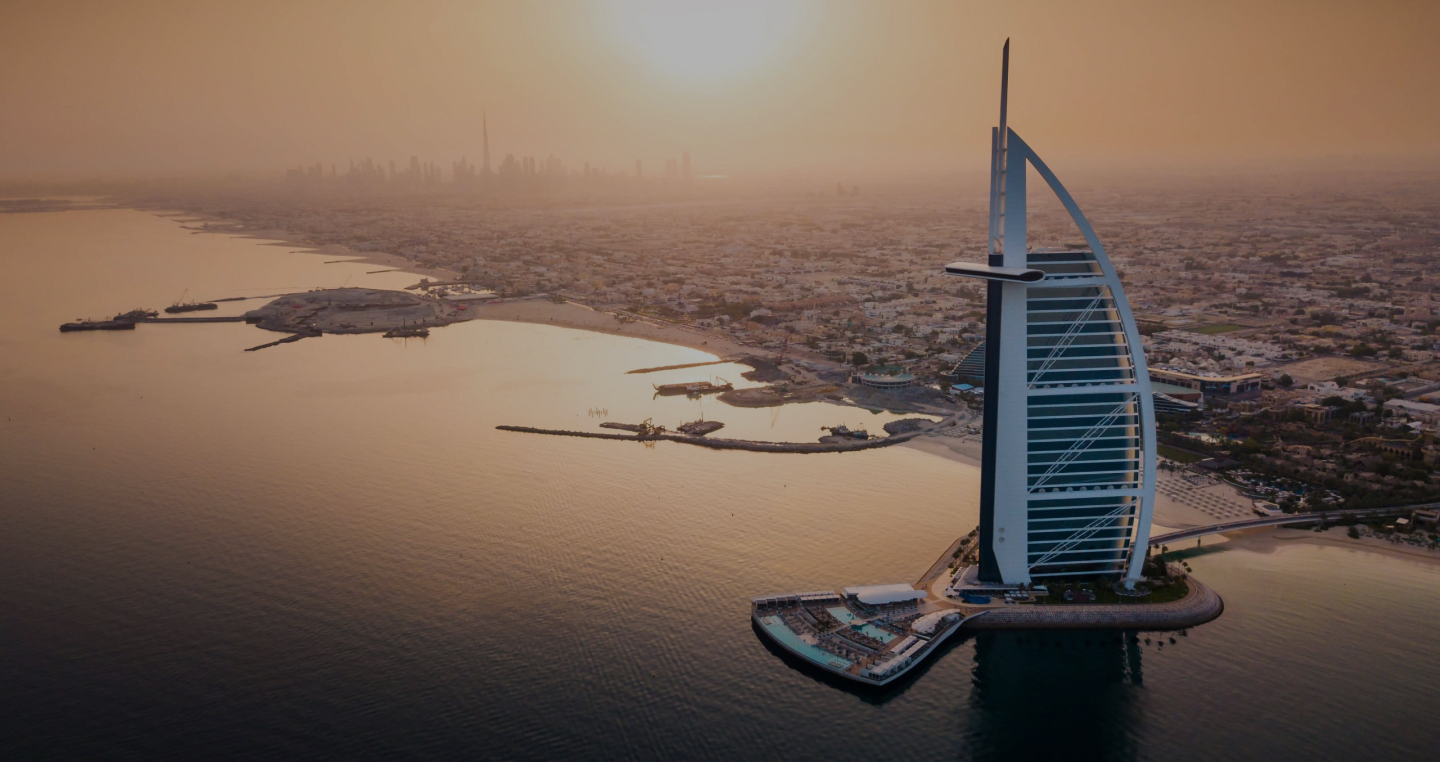
To stay updated with all the latest financial news and valuable insights.
Please try again to stay updated with all the latest financial news and valuable insights.
This email address is already subscribed.
To stay updated with all the latest financial news and valuable insights.
